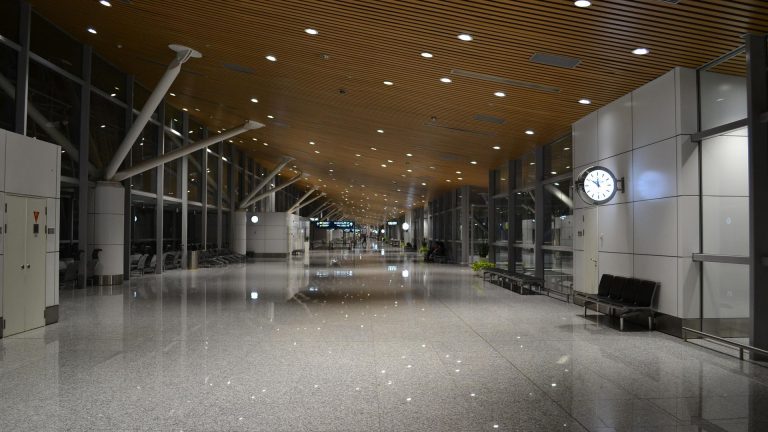In this space we’ve often extolled the value of ergonomics and ergonomic equipment. Ergonomically-designed material handling equipment like DJ Products’ CartCaddy motorized carts and tugs offer multiple benefits in the workplace, including:
- Reducing worker injuries and ensuring a safe work environment
- Improving worker morale by decreasing physical stress and strain during task performance
- Decreasing medical, insurance and worker’s compensation costs
- Decreasing time-lost costs due to worker injury and recovery/rehabilitation
- Increasing productivity, efficiency and profitability
But as Anne Kramer, CEO and President of Ergo Works, Inc., pointed out in a recent article posted on DiversityBusiness.com, ergonomics also opens the workplace to a more diverse workforce by improving accessibility.
Ergonomics is the science of fitting the task to the worker, rather than forcing the worker to contort his body to perform the task. Ergonomic design recognizes that workers come in all sizes of varying physical ability. Recognizing the great diversity among workers, ergonomic design allows equipment to be positioned and used by a maximum number of workers.
Ergonomic equipment is designed to minimize the overexertion or cumulative trauma of manual lifting, pushing, pulling, stretching and other repetitive tasks that can injure soft muscle tissues. Kramer notes that back and shoulder injuries account for one-third of all missed work days. When the burden of a task is assumed by the equipment instead of the worker’s back, the need for inappropriate exertion is eliminated and the risk of injury is reduced. Ergonomics allows a more diverse group of workers to perform the same task or use the same piece of equipment, keeping injury rates low and productivity high. Use of ergonomic equipment allows employers to satisfy their legal responsibility to accommodate workers, maximizes use of their workforce and reflects a commitment to diversity in the workplace.


